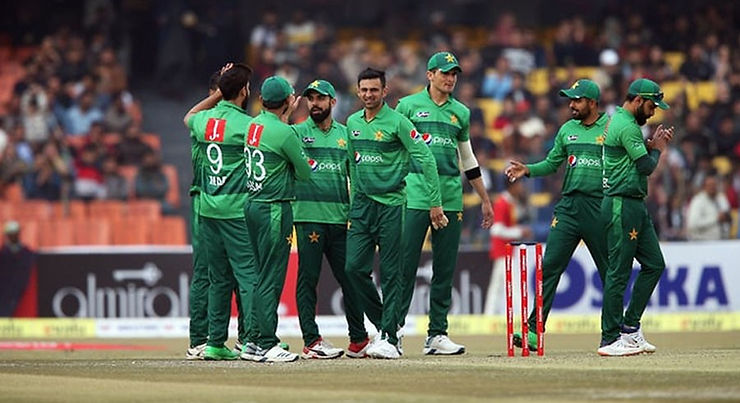By: William Liao
The severity of the climate crisis is alarming. Twenty out of the twenty-one hottest years on record have occurred in the current century, and heat waves have devastated many parts of the globe. Britain recently recorded its highest temperature ever, at 104 degrees Fahrenheit, and the Indian subcontinent had its hottest spring in more than a century.
Both regions are major powerhouses in cricket, a sport which relies on outdoor fields, leaving it all the more prone to extreme weather. And heat isn’t the sport’s only cause for concern. Warm air holds more moisture, which can cause heavier rainstorms, and cricket cannot be played in rainy weather.
The sport has come under heavy criticism for its refusal to adapt to new realities – it has not signed a United Nations initiative aimed at reducing the carbon footprints of global sports organizations to net-zero by 2050.
Allowing players to wear shorts in place of the traditional trousers may seem like a common-sense idea, but it hasn’t resonated, even among players, who say that “their legs would be even more susceptible to brush burns and bruises from sliding and diving on hard fields.”
The suggestion was part of a 2019 report on cricket and climate change, which found that a professional batsman generates as much heat in a day as a runner does during a marathon. But what runners wear is nowhere near the amount of gear a batsman has to contend with, which significantly limits their ability to evaporate sweat.
“This is like stick your head in the sand denial,” said David Goldblatt, the British author of a 2020 report on sport and climate change, of the International Cricket Council, the governing body of the sport. “Cricket really needs to get its act together. A whole bunch of trouble is not really far away.”
Cricket, the world’s second-most popular sport, is usually played in formats which can last up to several days. Even in one-day matches, players are often forced to play in blistering heat for hours on end.
“It honestly felt like you were opening an oven,” said Akeal Hosein, a 29-year-old playing for the West Indies, the combined team of several nations in the Caribbean, of a recent match with Pakistan, when temperatures reached 111 degrees Fahrenheit.
“My two knees are already gone,” added Yuzvendra Chahal, who is 32 and plays for India, referring to the exhausting nature of cricket matches. The longest ones can go for up to five days.
Repeated occurrences of climate-related medical issues among players have led to some teams taking no chances. Eight members of South Africa’s team and two members of its coaching and support staff were hospitalized during a 2015 tour in India due to a combination of heat exhaustion and food poisoning, which Craig Govender, a team physiotherapist, described as “mayhem.”
On a recent tour, Govender brought along a multitude of items to prevent a repeat of the events of that year, including “inflatable tubs to cool players’ feet, electrolyte capsules for mealtimes, slushies of ice and magnesium, and ice towels for the shoulders, face and back.”
Others said they didn’t feel the heat that much.
“We are used to it,” said Shikhar Dhawan, 36, who is one of the captains of the Indian team. “I don’t really focus on the heat because if I start thinking about it too much I will start feeling it more.”
Some fans agreed. “It feels great. Who cares about the heat?” said Saksham Mehndiratta, 17, who was attending his first match since the coronavirus pandemic began with his father.
“This chills me down,” added his father, Naresh, after watching some spectacular batting on the field.
On the contrary, other players have had enough. “We are not cars where you can fill us up with petrol and let us go,” said Ben Stokes, an English star, who retired from the one-day international format on July 19, which, coincidentally, was also the day when the 104-degree Fahrenheit record was recorded in Britain.
Tony Irish, once the head of the Federation of International Cricketers’ Association, also expressed his discontent with the way the International Cricket Council has handled the heat crisis – four years ago.
Questioning what was necessary for cricket to implement an extreme heat policy, he asked, “What will it take — a player to collapse on the field?”
Original article: https://www.nytimes.com/2022/08/04/sports/cricket/cricket-climate-change-sustainable.html











